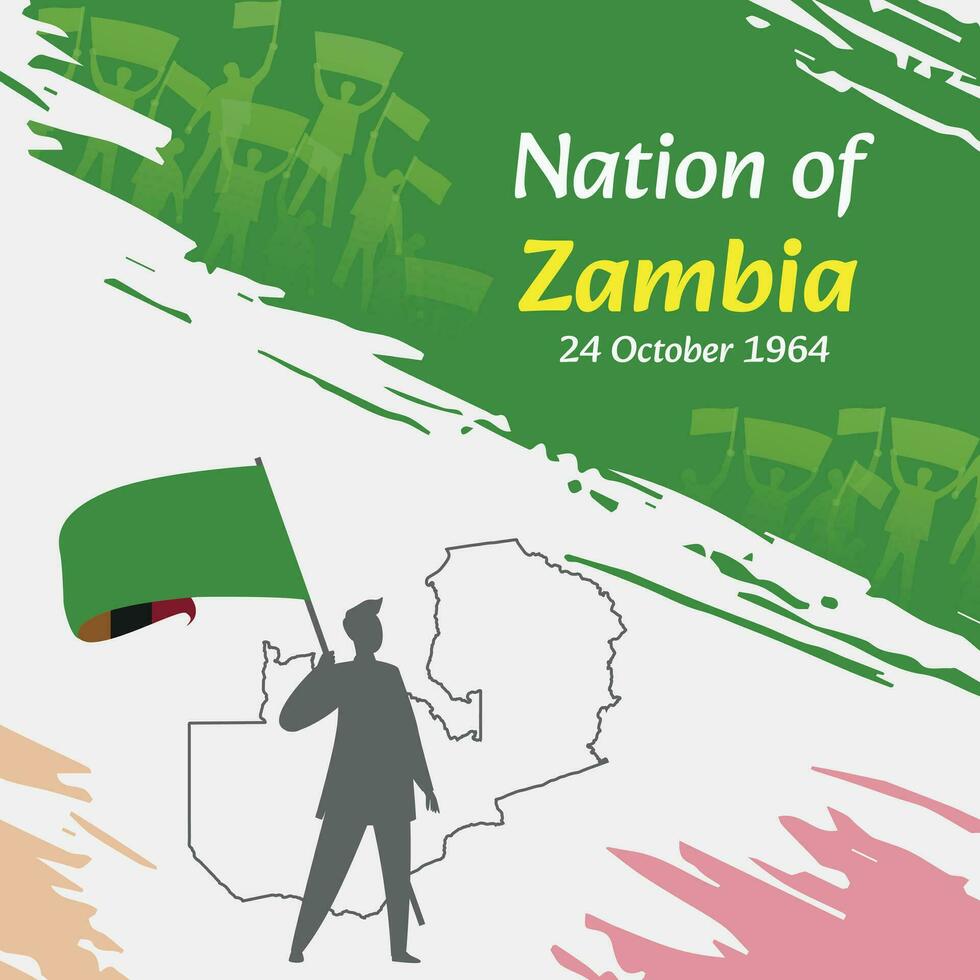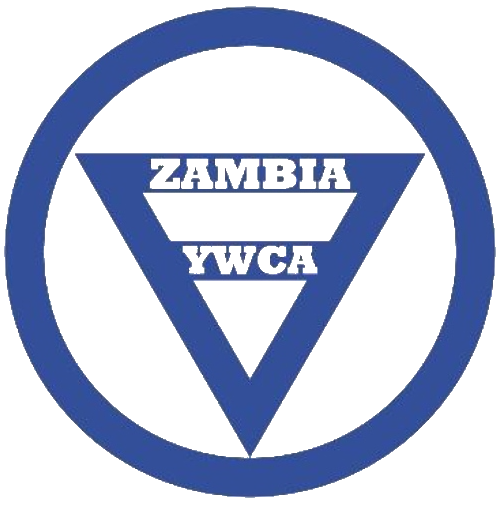
- This event has passed.
Independence Day
October 24, 2023

HISTORY OF ZAMBIA’S INDEPENDENCE
The path to independence was not easy for the Zambians. There were extraordinary obstacles and difficult situations that needed to be resolved before the country gained ‘independent’ status.
Because Zambia had no access to the sea, European settlers did not visit it until the end of the 19th century. In 1888, Cecil Rhodes, leader of the British South African Company, signed a treaty with the supreme leader of the vineyard and received mineral rights in the region. The suppression of tribal uprisings led to complete control of the region by the British. This land became known as North-Western Rhodesia.
After the end of World War II, the process of decolonization began in Africa. In 1953, Great Britain decided to form the Federation of Rhodesia and Nyasaland — which consisted of Northern Rhodesia (now Zambia), Southern Rhodesia (now Zimbabwe), and Nyasaland (now Malawi). The people of Northern Rhodesia strongly opposed this decision and took a strong stand against the establishment of this federation. The federation led to the emergence of two nationalist parties, and general strikes began from 1960 to 1961. As a result of strong protests by the forces of Northern Rhodesia, the federation was finally dispersed in December 1963. In January 1964, the country held general elections, and President Kenneth Kaunda took office 10 months later, on October 24, 1964. The President renamed the country the Republic of Zambia.


